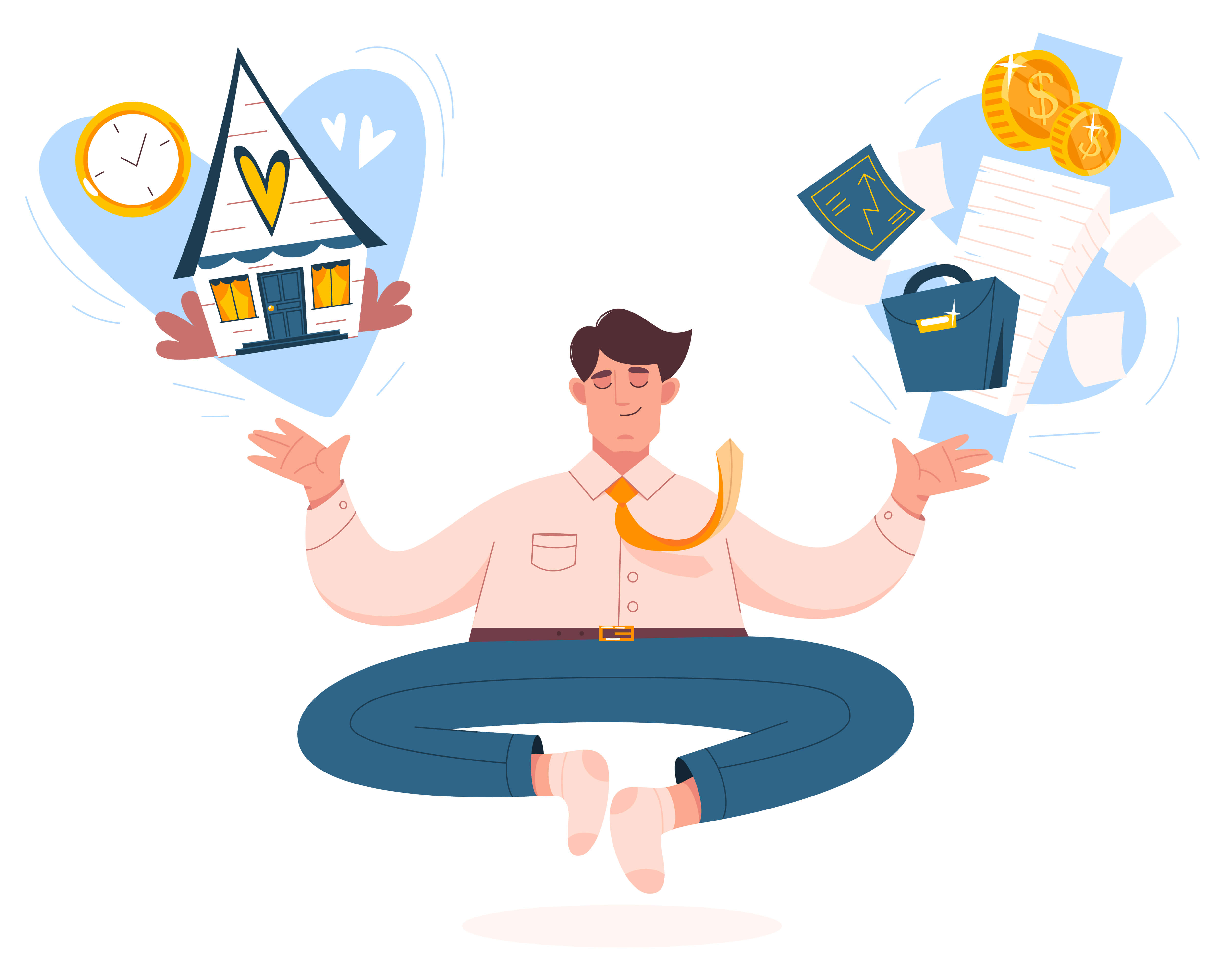Ergonomic Checkpoints

The International Labour Office (ILO) and International Ergonomics Association (IEA) developed the Ergonomic Checkpoints mobile app, which provides best practice recommendations for implementing effective improvements in the workplace.
It also allows users to create interactive checklists of ergonomic checkpoints.
As there are 132 checkpoints, I thought we might share a select few in this first instalment.
For more detailed information on each, do go to the ILO website.
Space: Good fit
Make sure that the workplace accommodates the needs of different workers. Differences in body size and age, for example, may vary widely in any workplace.
Risks/symptoms: excessive reach, muscular strain, low-back pain, upper limb disorder, eye strain, repetitive strain, stress-induced disorder.
How:
- Provide equipment and computer workstations with adjustable work surface height.
- Use a foot-stand to enable workers to reach items difficult for them to reach.
- Check knee and leg clearance of workstations used by the tallest worker – expand if necessary.
- Adjust table, chair, computer monitor and keyboard heights to preferred positions and arrange related computer peripherals within easy reach.
Space: Refresh
Use air-conditioning systems to provide an indoor climate conducive to the health and comfort of people.
Air conditioning is known to increase productivity, reduce accidents and absenteeism, and improve human relations.
Risks/symptoms: excessive heat or cold, thermal discomfort, upper limb disorder, stress-induced disorder, increased injury or illness rates, poor indoor air quality.
How:
- Select the range of air temperature and humidity appropriate for the type of work.
- Avoid overcooling and uncomfortable draughts.
- Modify the position and parameters of the air-conditioning system and the direction of air flow by listening to the employees.
Sun: Let it in!
Increase the use of daylight and provide an outside view. Daylight is a cheap and environmentally friendly light source.
With daylight, the distribution of light in the workplace, as well as the efficiency and comfort of workers can be greatly improved.
Risks/symptoms: eye strain, excessive fatigue, increased injury rates.
How:
- Combine daylight with artificial lights.
- Separate switches for different sections so that lights can be switched off in sections with enough daylight.
- Expand the size of windows; keep them clean and remove obstacles.
- Install skylights with semi-transparent material.
- In hot countries like Malaysia, orient windows and openings away from the direct heat of the sun, protect them from direct sunlight and UV (ultraviolet) radiation.
Sun: Walls
Light-coloured walls and ceilings create a comfortable and effective working environment. Producing higher room illumination, it is also energy saving.
Risks/symptoms: eye strain, increased injury rates.
How:
- Use very light colour for ceilings, such as white (90% reflectivity) and a pale tint for walls (50–85% reflectivity).
- For well-distributed general lighting, use a combination of a white ceiling and lighting units with upward openings so that the ceiling reflects light.
Seats: What’s in a chair?
Provide adjustable chairs with a backrest. Good chairs reduce fatigue, improve work efficiency and increase job satisfaction.
Risks/symptoms: low-back pain, upper limb disorder, muscular strain, excessive fatigue.
How:
- A suitable seat height at which we can sit with feet placed flat and comfortably on the floor and without any pressure to the back of the lower thigh.
- Do not forget to instruct all employees on how to adjust their chairs.
- In the absence of an adjustable chair, each employee should use a chair of correct height, or a footrest or seat cushion to attain the correct floor/seat height difference.
- A padded backrest can support the lowest part of the back at waist level (about 15–20cm above the seat surface).
Seats: Sit-stand-sit
Allow employees to alternate standing and sitting as it is less stressful, reduces fatigue and improves morale.
Risks/symptoms: repetitive strain, monotony, upper limb disorder, low-back pain, excessive fatigue, lack of acceptance.
How:
- If your team works mainly in a sitting posture, opportunities should be provided for occasional standing, e.g. job rotation.
- For standing workers, provide chairs or stools for occasional sitting.
See main story: The Economics Of Ergonomics
Related article: Health & Safety: People Are Precious!
Karen is really energised when speaking to business leaders who see the light (that bright natural daylight!) and take steps to invest in their people holistically. Drop us a line or two in the comment box below or email us at editor@leaderonomics.com. For more Consulting Corner articles, click here.
Published in English daily The Star, Malaysia, 28 February 2015
Functional






